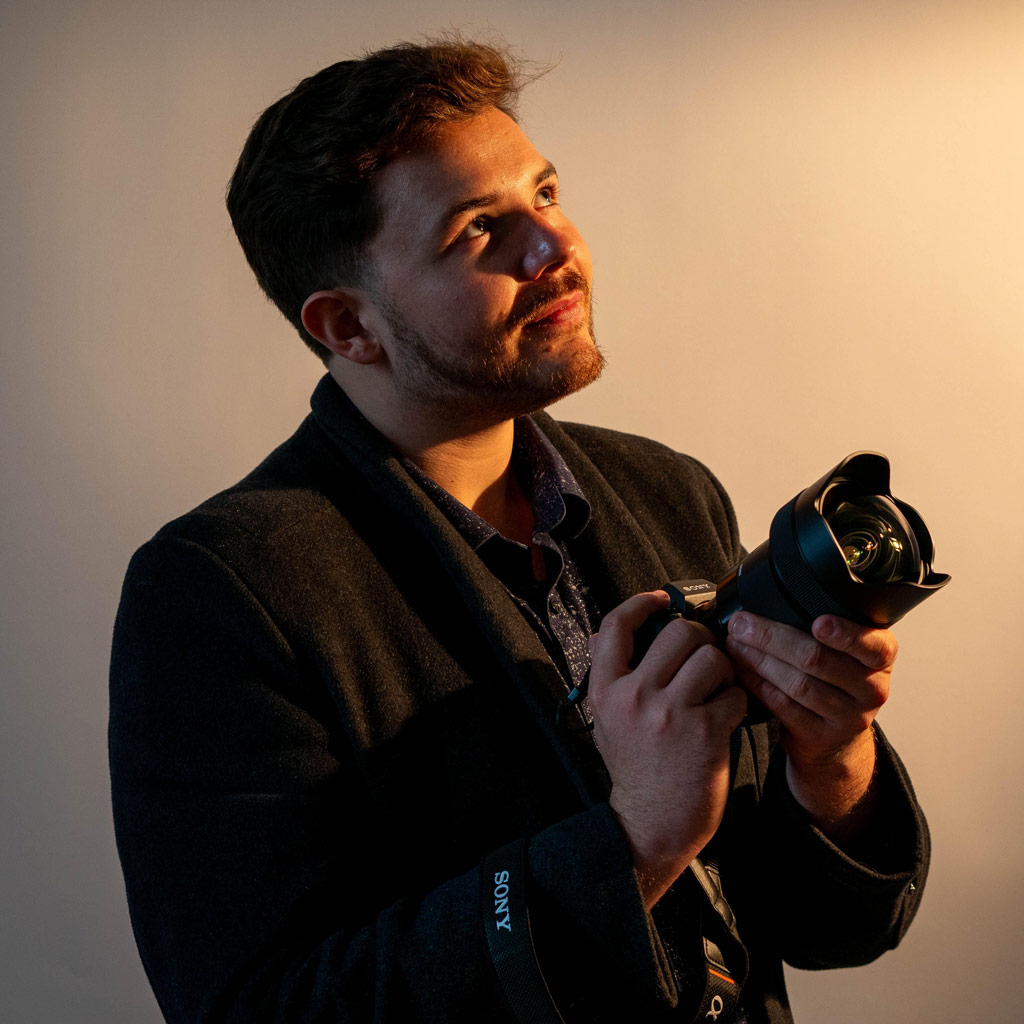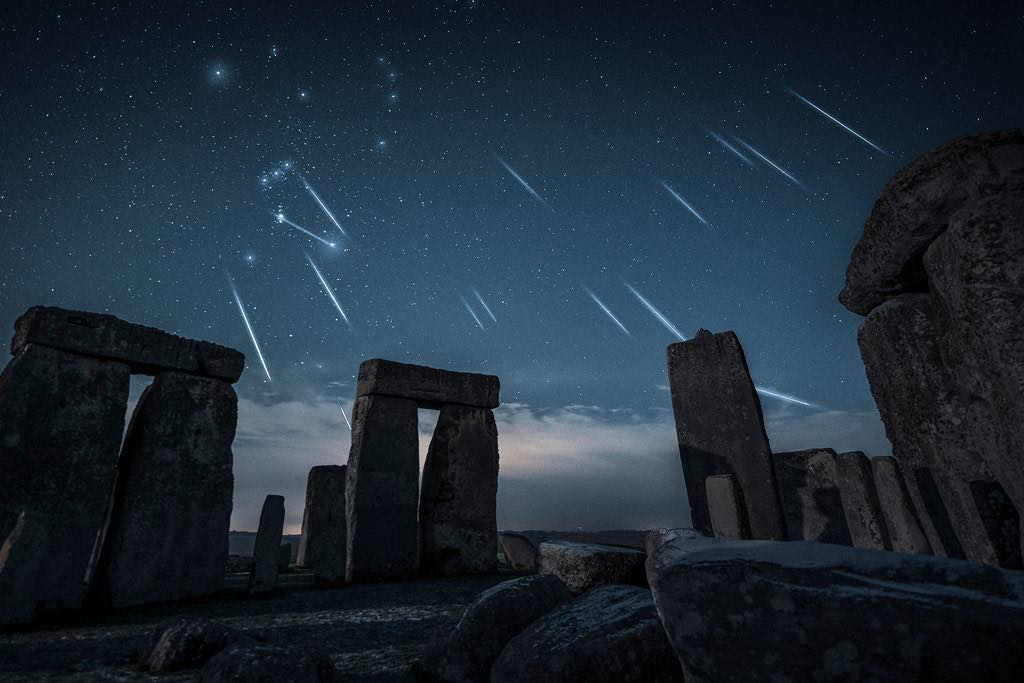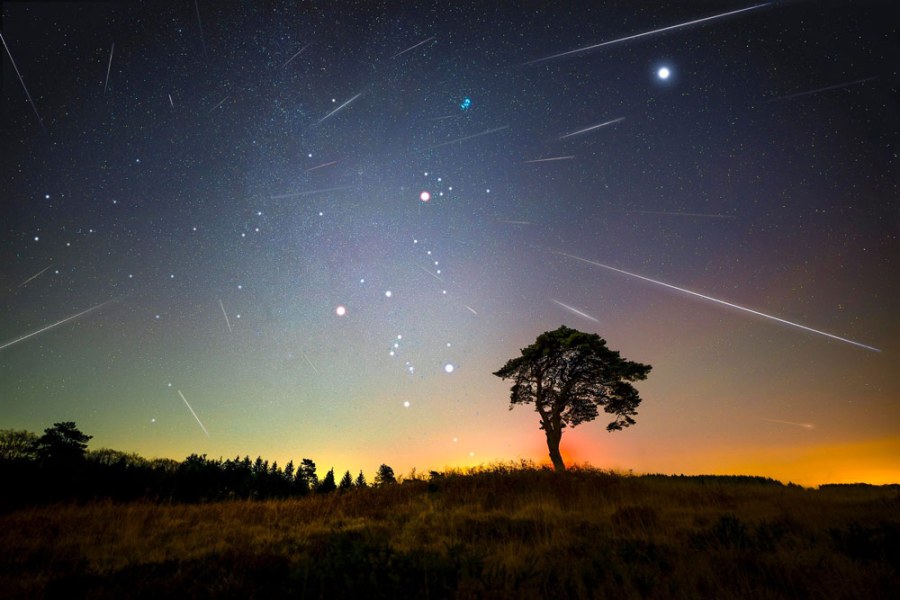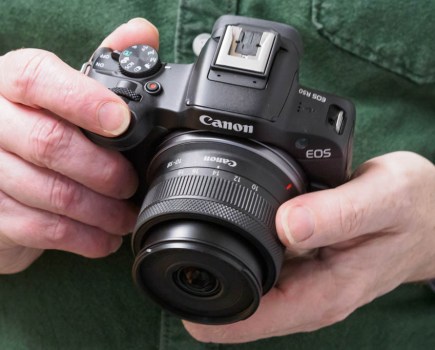Fans of night and astrophotography take note – one of the best meteor showers of the year is set to take place in the northern hemisphere this evening, stretching through the early hours of tomorrow morning!
The Quadrantid shower is expected to be a strong and sustained display, with the possibility of up to 100 meteors appearing an hour. Meteors are actually debris from comets and asteroids which vapourise when entering the earth’s atmosphere at incredible speeds – this is what creates the spectacular ‘streaking’ effect.
Get the most from tonight’s meteor shower
We caught up with top UK astrophotographer, Josh Dury, to get some tips for making the most of tonight’s display. ‘It’s one of the most active meteor showers of the year, so I’m excited. However, there are a few ‘issues’ to be aware of.’ he explains.

Josh Dury is one of the UK’s most talented young astrophotographers
‘The peak of the shower is expected be around 8am tomorrow UK time but a waning crescent moon will be rising about 4am, which will create more light pollution – not to mention the morning sun! The moon can easily wash out any meteors which are harder to spot. So, I’d say anytime between 2-4am tomorrow UK time should be good to shoot the meteors, depending on how clear the skies are where you live.’
The meteors vary in brightness, and as Josh notes, the Quadrantid shower is taking place during a relatively small period of time as the earth is passing through a very compact area of comet debris.

Shooting meteors above interesting buildings and monuments adds a sense of drama and perspective. Credit: Josh Dury
Josh Dury’s tips for magical meteor shower shots
- Meteors can be elusive – you will need to shoot over a long period of time, so take a shutter release cable or an app for remote shutter release. You just have to shoot and hope for the best!
- Find the darkest spot possible and make sure you are there before the moon rises.
- It’s best to use a tripod for the most reliable results, but you don’t need super slow shutter speeds. I would suggest a shutter speed of around 10 seconds, an aperture of f/2 or wider if possible and an ISO of around 1000. If you slow the exposure too much you will get star trails because of the earth’s rotation.
- Lens wise, I would say a 20-50mm focal length should work well.
- When editing, emphasise the look of the meteors by making a fine Levels adjustment in Photoshop or similar, and clean up any noise if necessary.
- Try and include some objects of interest in the foreground, such as attractive trees or old buildings. They also help to give a sense of perspective.
- Tonight is expected to be chilly across the UK so wrap and warm, and consider taking a lens warmer to avoid condensation, as there has been so much rain recently. A torch or head torch is also necessary, to avoid stumbling, and take a charged phone along in case of emergencies.
Good locations for meteor showers
In terms of location, Josh suggests Glastonbury Tor or Stonehenge as he is based in south west England, but reckons other elevated areas, coastlines or places around photogenic buildings or structures can yield interesting images, so long as the light pollution isn’t too bad. ‘Very flat, wide open areas can be good too, as you get very big, wide open skies.’
Further reading
Best cameras for astrophotography
Best lenses for astrophotography
How to photograph stars and the milky way








